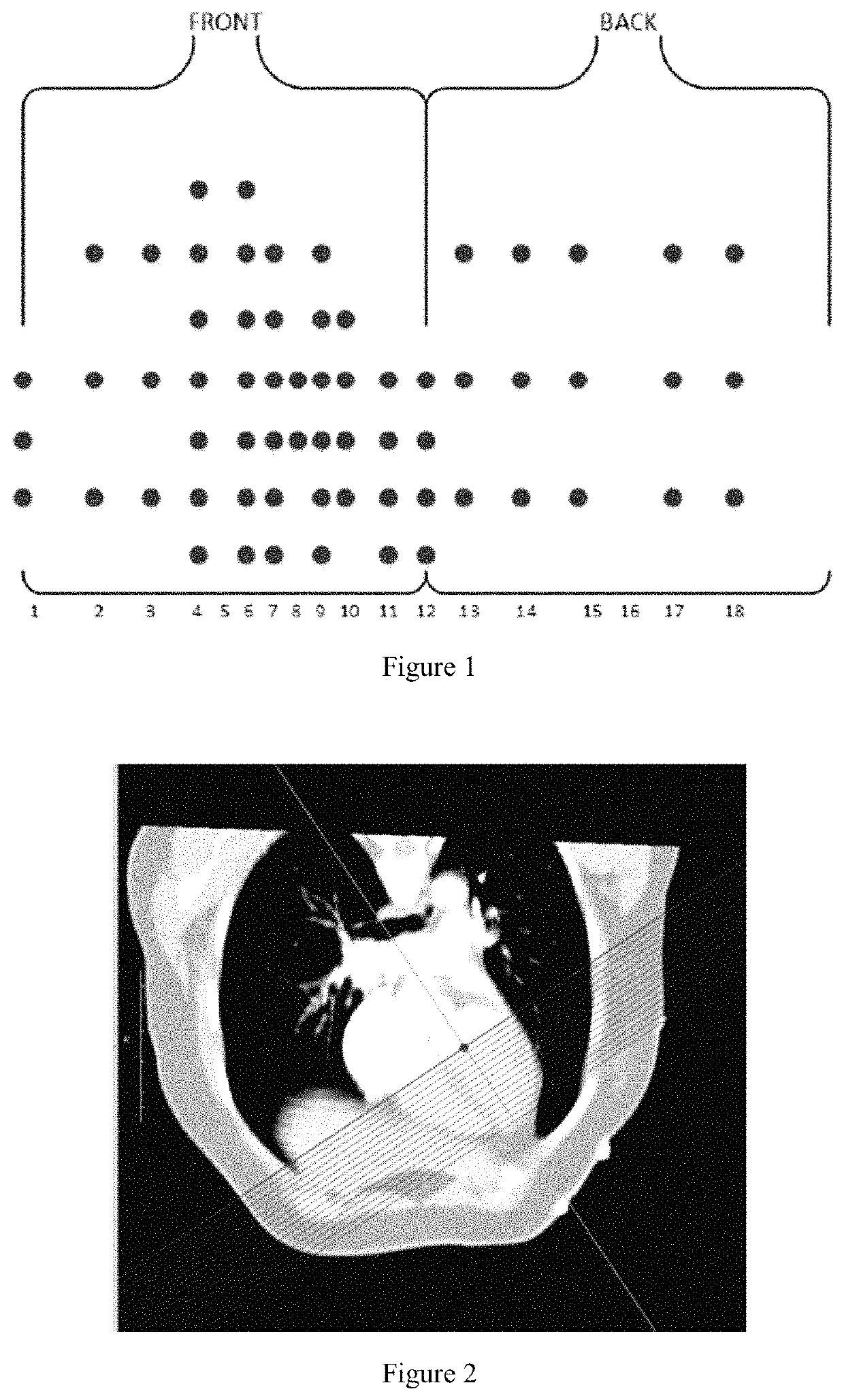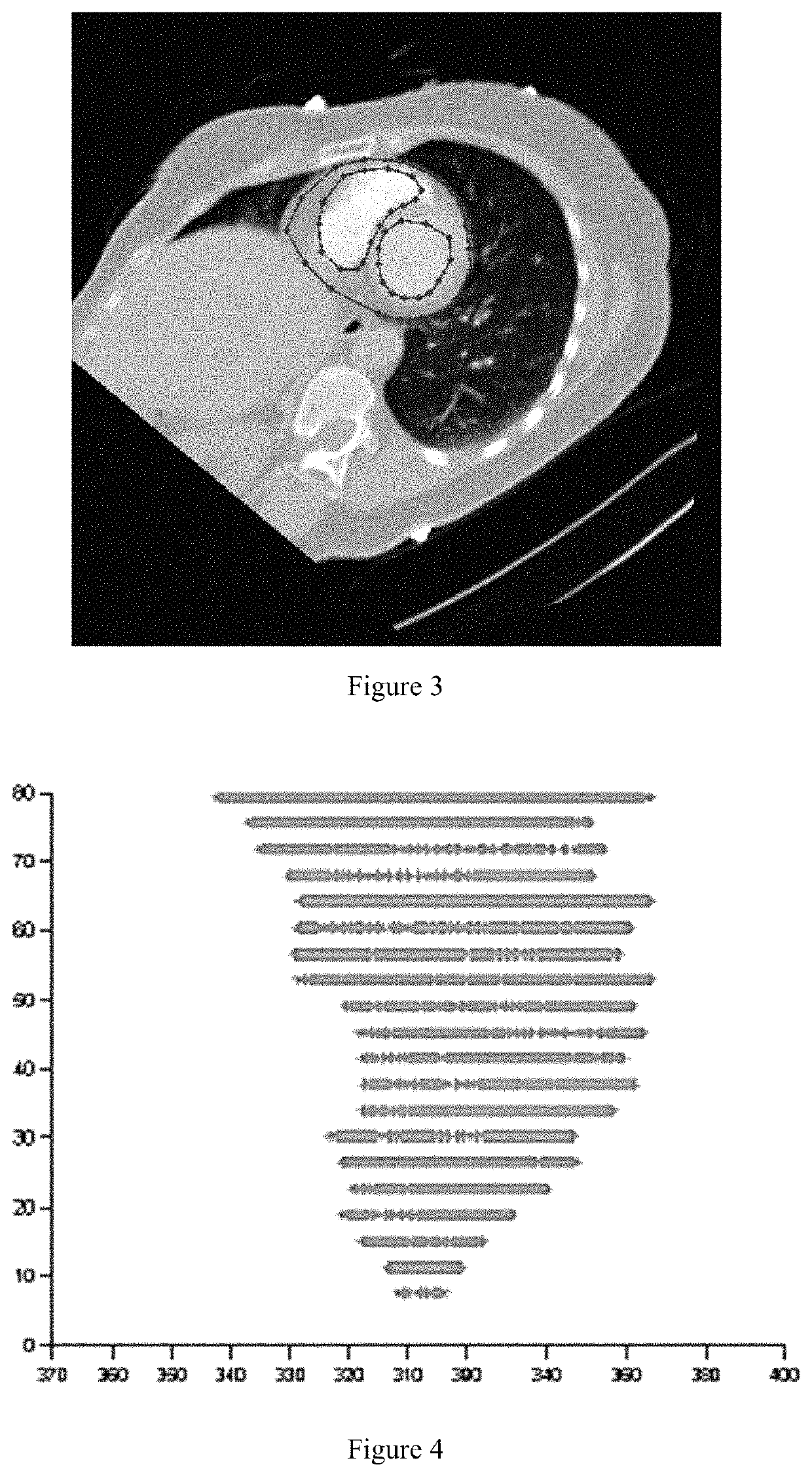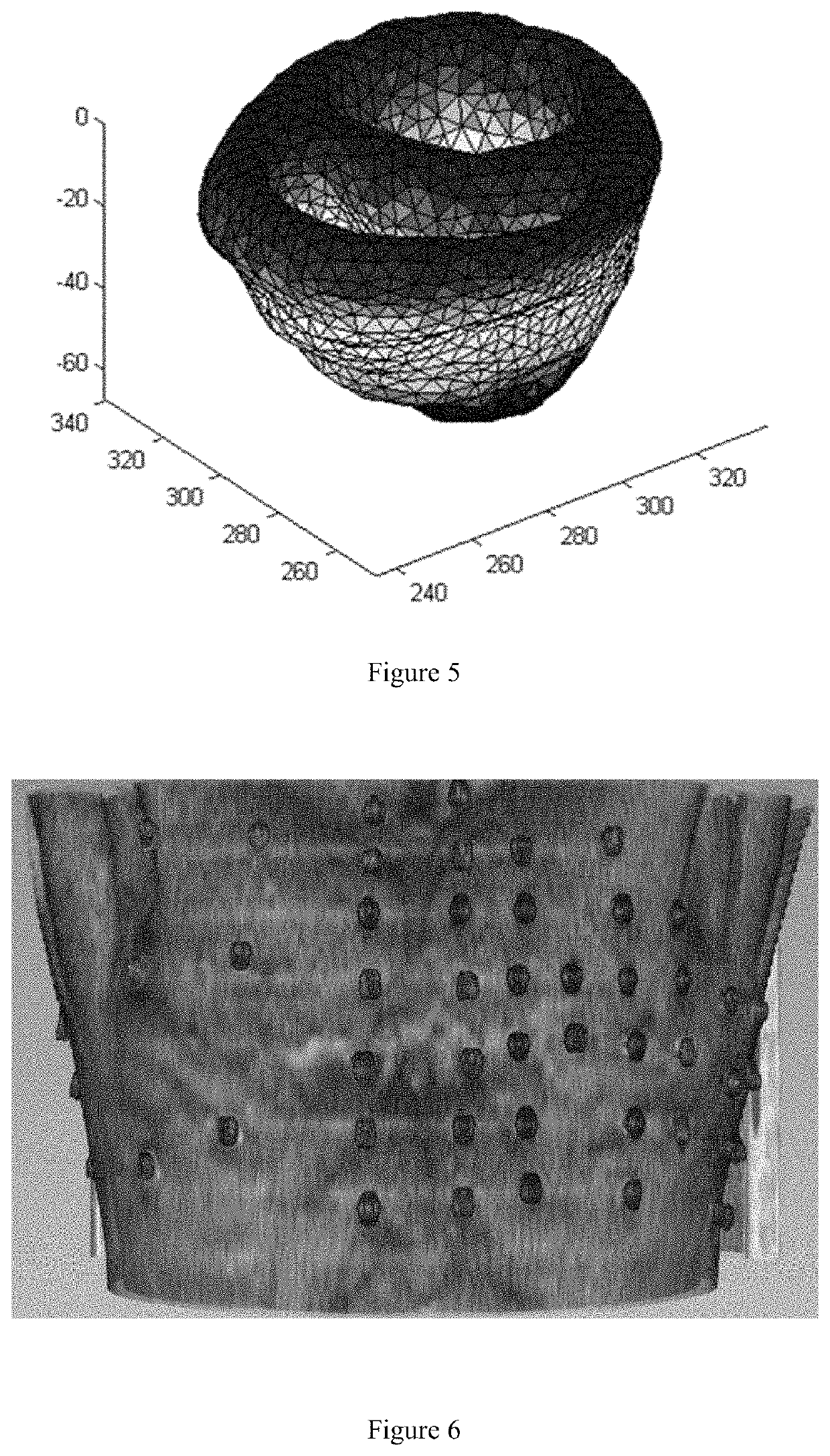Method for noninvasive imaging of cardiac electrophysiological based on low rank and sparse constraints
a non-invasive, sparse constraint technology, applied in the field of cardiac electrophysiological analysis, can solve the problems of unable to accurately locate the specific location and shape of the focal point, obvious defects in electrocardiography, and subject risk, etc., to achieve accurate and intuitive location, and important practical value
- Summary
- Abstract
- Description
- Claims
- Application Information
AI Technical Summary
Benefits of technology
Problems solved by technology
Method used
Image
Examples
Embodiment Construction
[0039]In order to more specifically describe the present invention, the technical solutions of the present invention will be described in detail below in conjunction with the accompanying drawings and specific embodiments.
[0040]The present invention is based on a low rank and sparse constraint non-invasive ECG imaging method, and the specific implementation steps are as follows:
[0041]S1. Collecting the subject's 64-lead ECG and chest CT images.
[0042]First, we let the subject put on a 64-lead vest and collected the subject's 64-lead electrocardiogram to record the surface potential data of multiple cardiac cycles. The distribution of 64 leads on the body surface is shown in FIG. 1. Then, we removed the wire on the vest and retained the detection electrode only. We performed a computed tomography scan of the human chest and acquired enhanced CT image data of the subject's trunk and heart. The subject's personalized torso was recorded with the heart geometry and spatial location.
[0043]...
PUM
 Login to View More
Login to View More Abstract
Description
Claims
Application Information
 Login to View More
Login to View More - R&D
- Intellectual Property
- Life Sciences
- Materials
- Tech Scout
- Unparalleled Data Quality
- Higher Quality Content
- 60% Fewer Hallucinations
Browse by: Latest US Patents, China's latest patents, Technical Efficacy Thesaurus, Application Domain, Technology Topic, Popular Technical Reports.
© 2025 PatSnap. All rights reserved.Legal|Privacy policy|Modern Slavery Act Transparency Statement|Sitemap|About US| Contact US: help@patsnap.com



